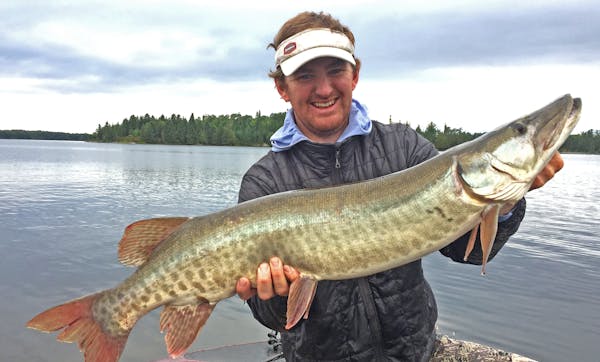Hunting prospects this year are poor to very poor across the vast majority of Minnesota's pheasant range, the state Department of Natural Resources (DNR) announced Tuesday in its annual ringneck outlook.
Compared to last year, an average of 26 percent fewer birds are living in the grasslands that dot the state's core farming region. The DNR's newly arrived index of 38 pheasants counted for every 100 miles of roads surveyed is 32 percent below the 10-year average and 62 percent below the long-term average.
DNR research scientist Nicole Davros, who headed the August roadside count, said the dip wasn't widely anticipated because winter was mild and weather conditions throughout spring and summer were benign for pheasants in most regions. What's more, Minnesota's pheasant numbers had been on the uptick for two years.
"I thought we were going to be OK," Davros said. "I was a little surprised to see the numbers down."
The DNR attributed the downswing to continued habitat losses. Since 2007, nearly 700,000 acres of grasslands in the state have reverted to cropland under changes in the federal Conservation Reserve Program (CRP). The program pays farmers to idle environmentally valuable cropland.
When CRP peaked in 2007 with 1.83 million acres set aside, Minnesota hunters killed more than 600,000 pheasants — the most in decades. Trending downward since then, last year's statewide pheasant harvest sunk below 200,000 birds.
"The weather has been good, but it can't override the habitat losses," Davros said.
She estimated that an inordinately high loss of hens and baby pheasants in this year's roadside survey was likely because of birds having to congregate in less cover, leaving them more vulnerable to predation by foxes, coyotes, raptors, cats and other carnivores.
Scott Roemhildt, a DNR specialist who runs the state's walk-in pheasant hunting program, said Tuesday's population report was disappointing, but not a total surprise.
He resides in the Mankato area, where hunting is projected to be poor to very poor. In other similarly rated sections of south-central and southwestern Minnesota, pheasant nesting and brood raising could have been disrupted by May snow and other flashes of bad weather, he said. But, like Davros, Roemhildt said the biggest concern is loss of habitat.
The DNR published a map Tuesday that projects only three "good" nodes for pheasant hunting. The biggest of those areas encompasses Brown County and touches parts of Nicollet, Blue Earth, Watonwan, Cottonwood, Redwood and Sibley counties.
Butler, Williamson injuries are part of story for Heat-Bulls and Kings-Pelicans play-in finales

Wild lose to Kraken 4-3 to finish disappointing season
Unfair labor complaint filed against Notre Dame over athletes

